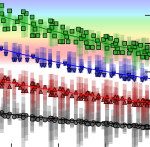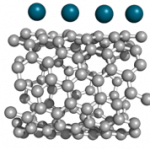Congratulations to Christian who recently managed to defend his PhD thesis succesfully! Lots of thanks go to Urbana Champagne, Illinois, to André Schleife who supported Christians very advanced and elaborous optics simulations a lot. The thesis can be found online and parts of it were already published [bibcite key=wagner2016empirical,kolchuzhin2014system,wagner2012dft,wagner2012nanomechanics]. Continue reading
Tag Archives: CNT
Improved recursive Green’s function formalism
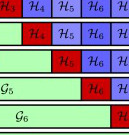 In his most recent publication “Improved recursive Green’s function formalism for quasi one-dimensional systems with realistic defects” Fabian shows a significant speedup of his recursive Green’s function formalism [bibcite key=teichert2017improved]. Based on that, the conductivity of carbon nano tubes can be computed much faster. This allows to compute tubes of realistic size with a huge number of defects. Continue reading
In his most recent publication “Improved recursive Green’s function formalism for quasi one-dimensional systems with realistic defects” Fabian shows a significant speedup of his recursive Green’s function formalism [bibcite key=teichert2017improved]. Based on that, the conductivity of carbon nano tubes can be computed much faster. This allows to compute tubes of realistic size with a huge number of defects. Continue reading
Atomic layer deposition on carbon nano tubes
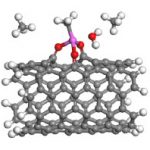 Chemical functionalization of carbon nano tubes is a very hot topic as it is considered now as one of the key step for the fabrication of tube based electronic devices. By nature, carbon nanotubes are chemically quite inert and thus defects are required as seed for the growth of functional layers. In a recent simulation study Anja shows now, how the first steps of aluminum oxide atomic layer deposition can be performed on typical CNT defects [bibcite key=forster2017ab]. Continue reading
Chemical functionalization of carbon nano tubes is a very hot topic as it is considered now as one of the key step for the fabrication of tube based electronic devices. By nature, carbon nanotubes are chemically quite inert and thus defects are required as seed for the growth of functional layers. In a recent simulation study Anja shows now, how the first steps of aluminum oxide atomic layer deposition can be performed on typical CNT defects [bibcite key=forster2017ab]. Continue reading
Empirical transport model of strained CNT transistors used for sensor applications
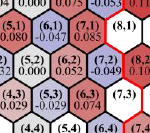 Carbon nanotubes show electronic properties which are remarkably sensitive to mechanical strain. Thus, CNTs are expected to be promising candidates for nano scale strain sensors. Even more, they are discussed as a key component of future nano-opto-electro-mechanical systems (NOEMS).
Carbon nanotubes show electronic properties which are remarkably sensitive to mechanical strain. Thus, CNTs are expected to be promising candidates for nano scale strain sensors. Even more, they are discussed as a key component of future nano-opto-electro-mechanical systems (NOEMS).
Consequently, a comprehensive model for strained CNT transistors was recently published by Christian [bibcite key=wagner2016empirical]. Continue reading
Christian @USA
Christian now went to US for a few months. He will study advanced electronic structure calculations in André Schleife’s group at the university of Illinois at Urbana-Champaign. Christian will use the methods to calculate the optical properties of CNTs which will finally complement his PhD. André, who initially comes from Chemnitz as well, is a recognized expert in this field. We wish Christian a good and succesfull stay and thank André for his support.
Watch the Christian @USA blog to be up to date!
Two contributions to MAM 2014 are now published in Micrelectronic Engineering
[bibshow file =js.bib]
Two contributions from the group are now published in a special issue of Microelectronics Engineering which contains original paper from the “Materials for advanced metallization conference 2014” held in Chemnitz, Germany. Continue reading
Strong localization in defective carbon nanotubes: a recursive Greenʼs function study
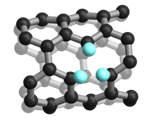 [bibshow file =js.bib]
[bibshow file =js.bib]
The paper by Fabian appeared recently in New Journal of Physics [bibcite key=teichert2014strong]. Based on a very efficient linearly scaling algorithm Fabian was able to calculate the electron transport in defective CNTs of realistic size, i.e. up to a length of microns. Continue reading
Metallic carbon nanotubes with metal contacts: electronic structure and transport
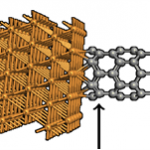 [bibshow file =js.bib]
[bibshow file =js.bib]
Andreas managed to publish the main results of his PhD-thesis in a nanotechnology paper.[bibcite key=zienert2014metallic] The paper deals with the contact properties of metallic carbon nanotubes to several metals, which are of relevance for future carbon electronics. Continue reading

